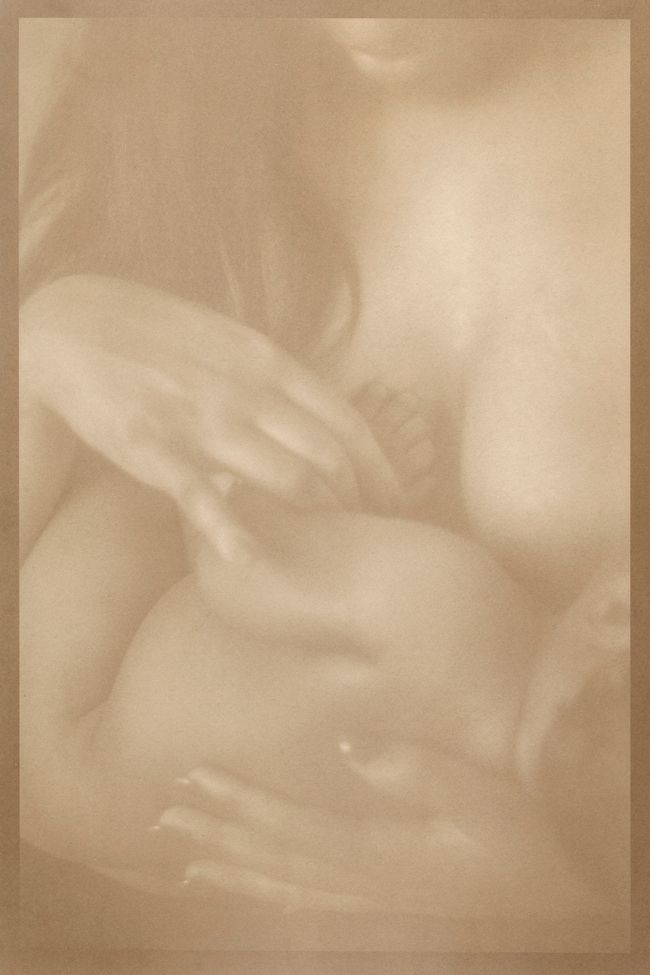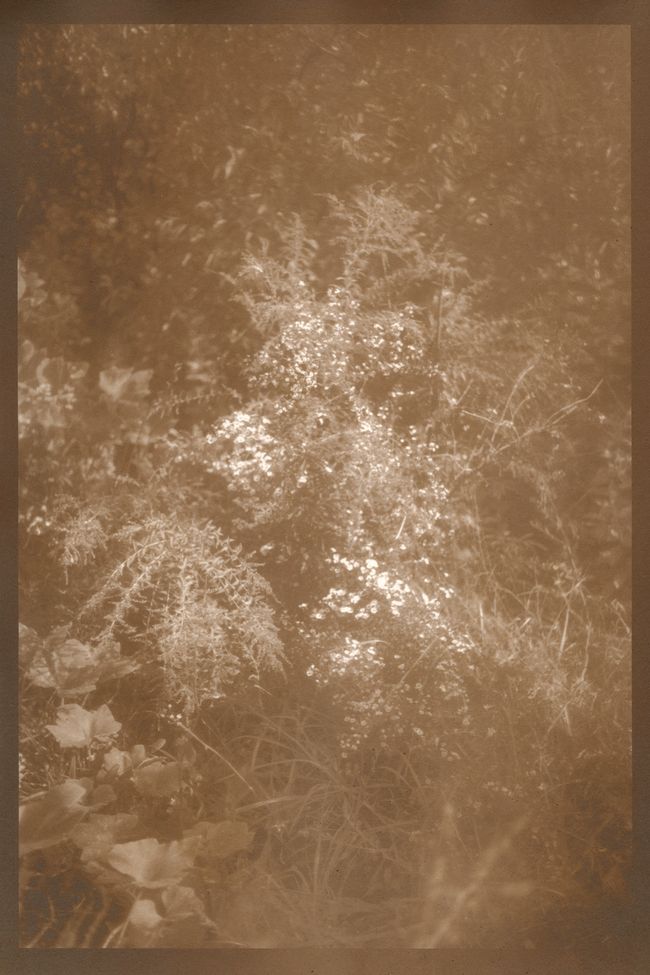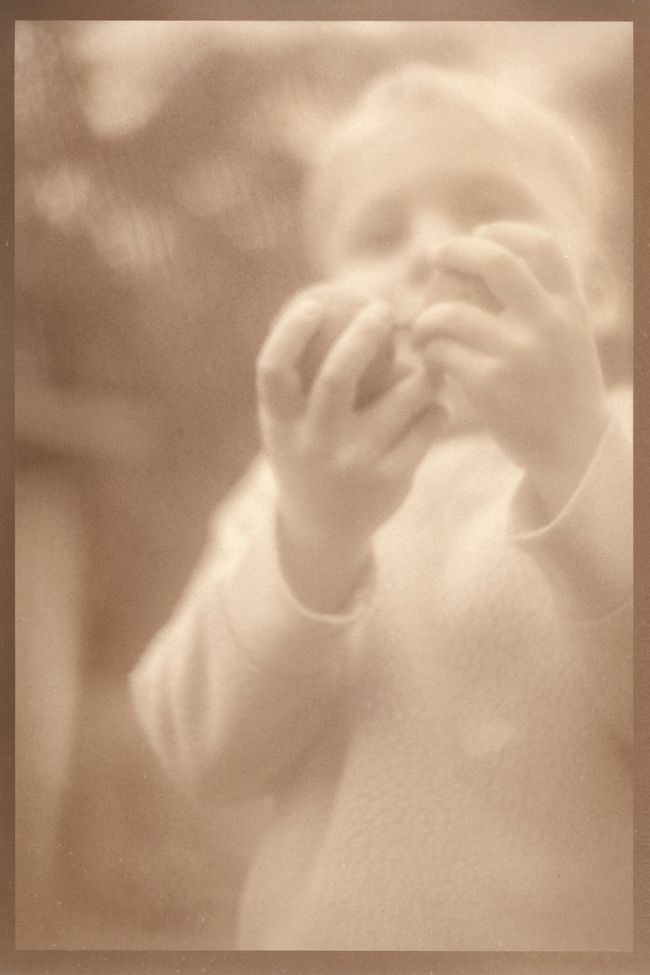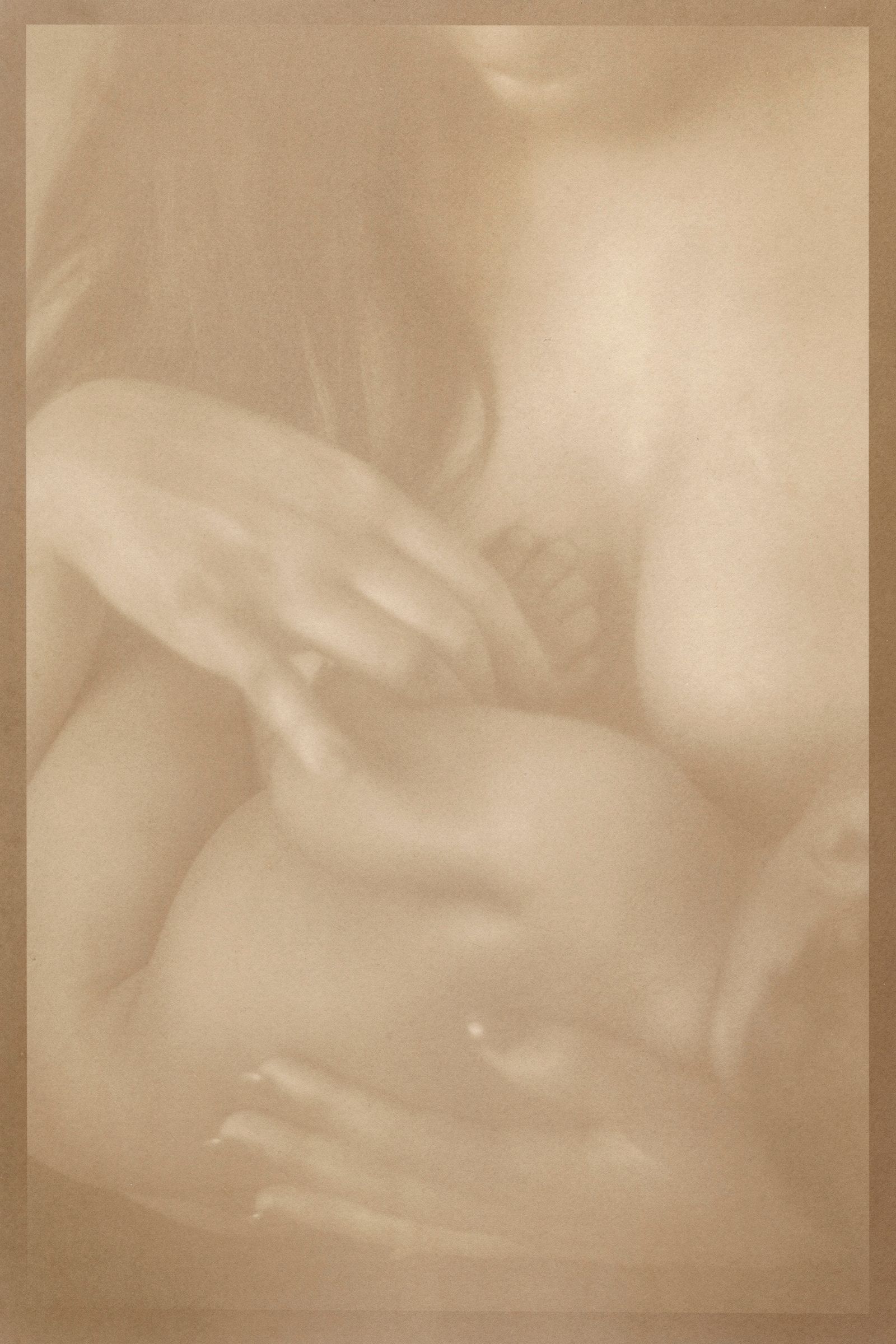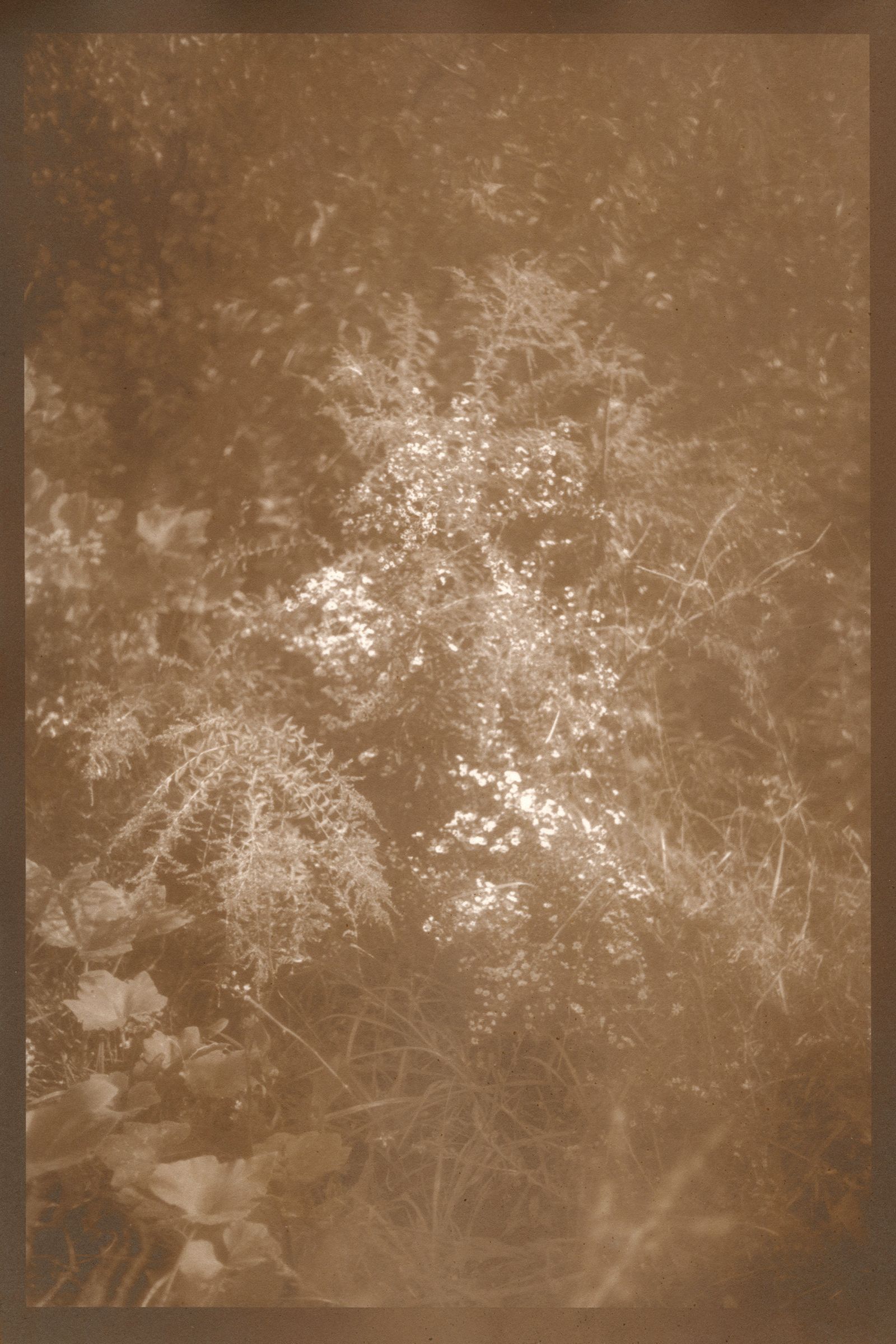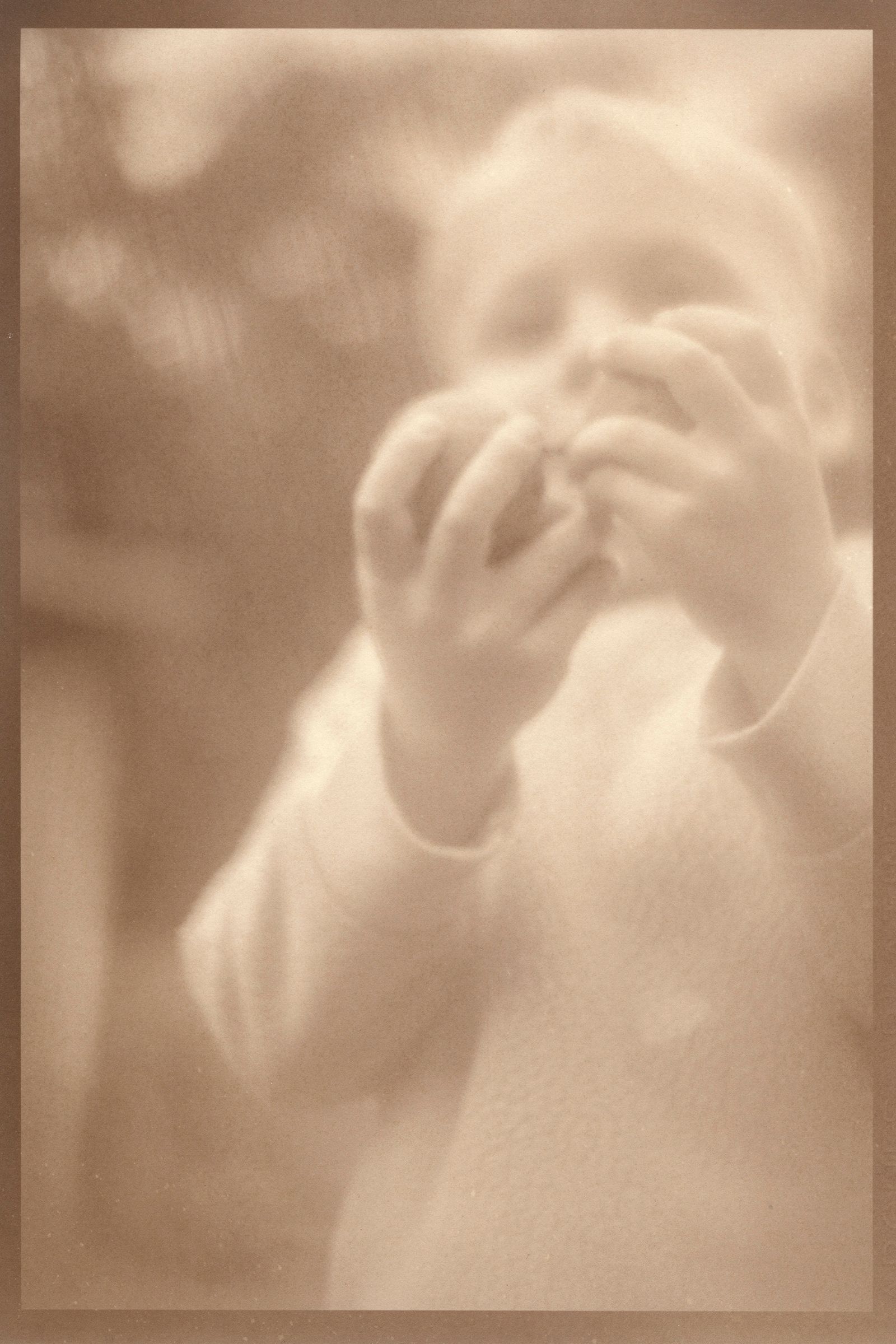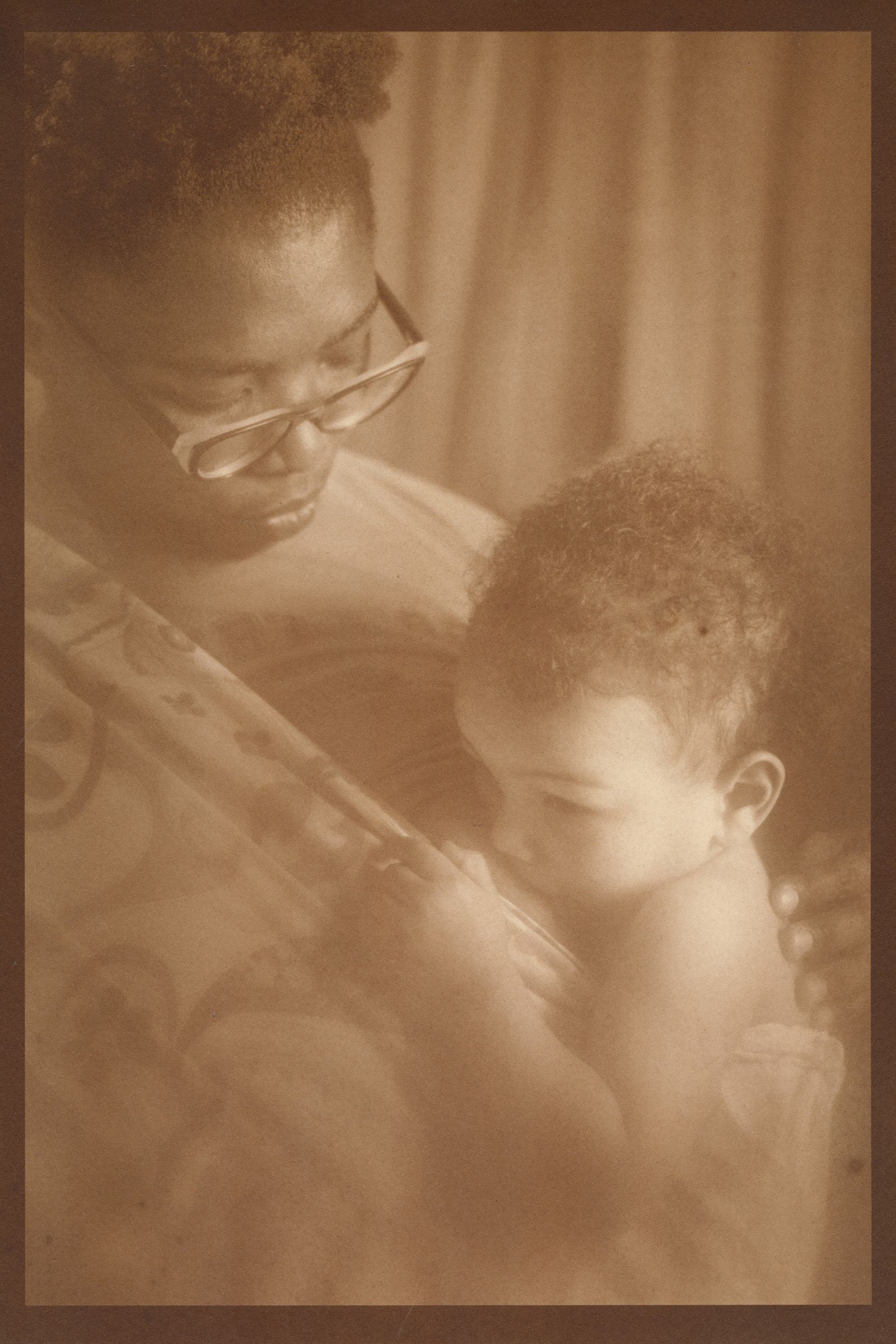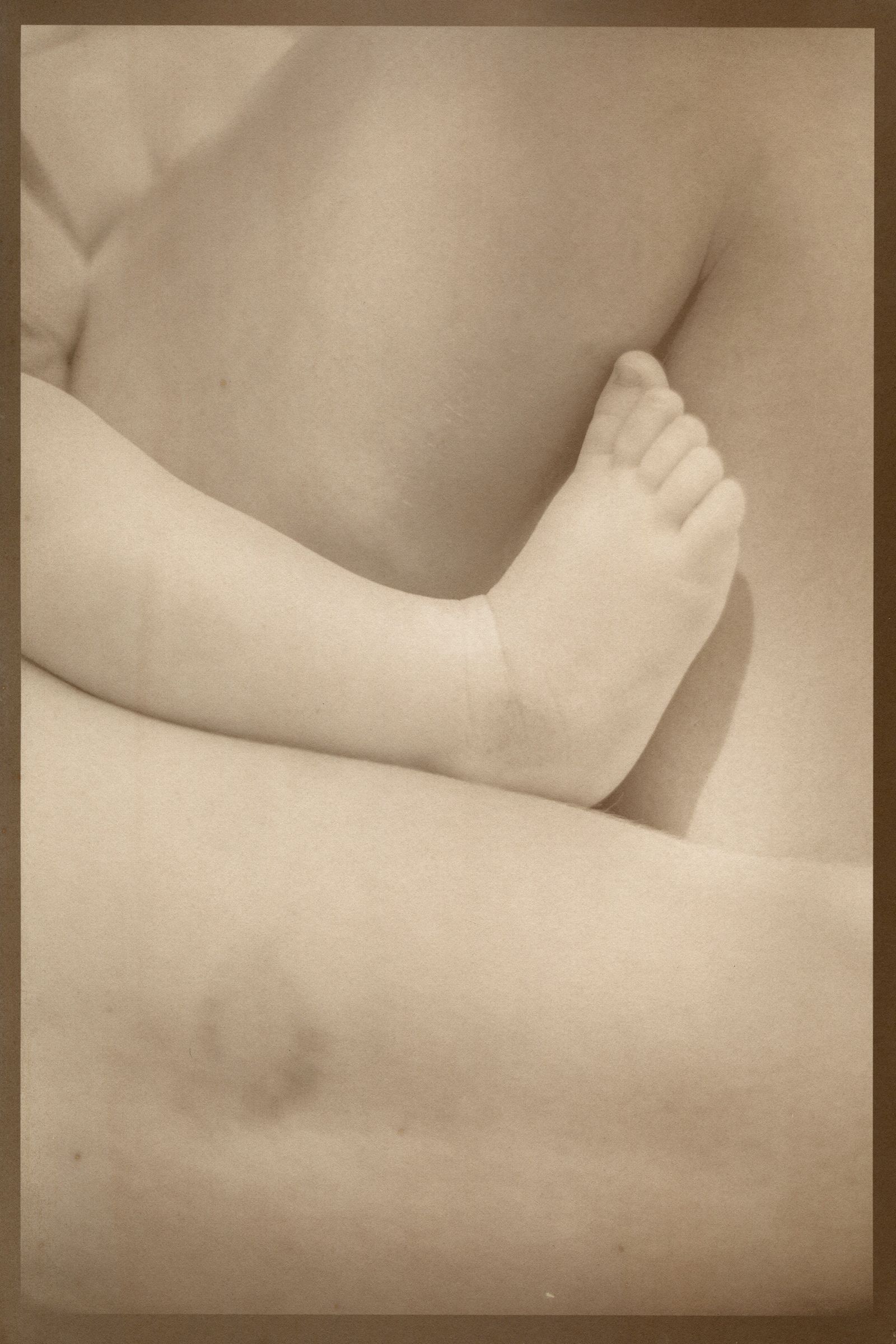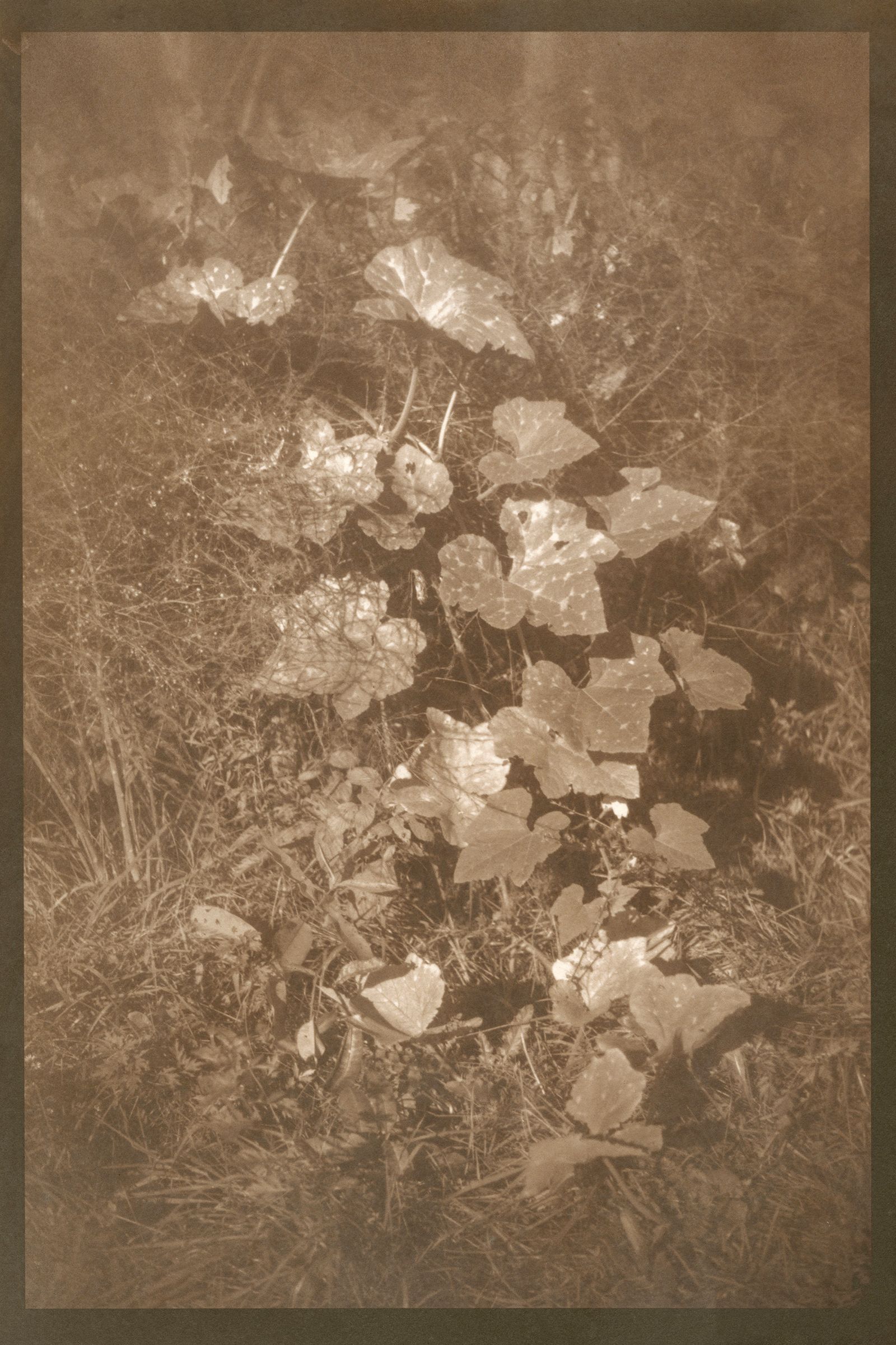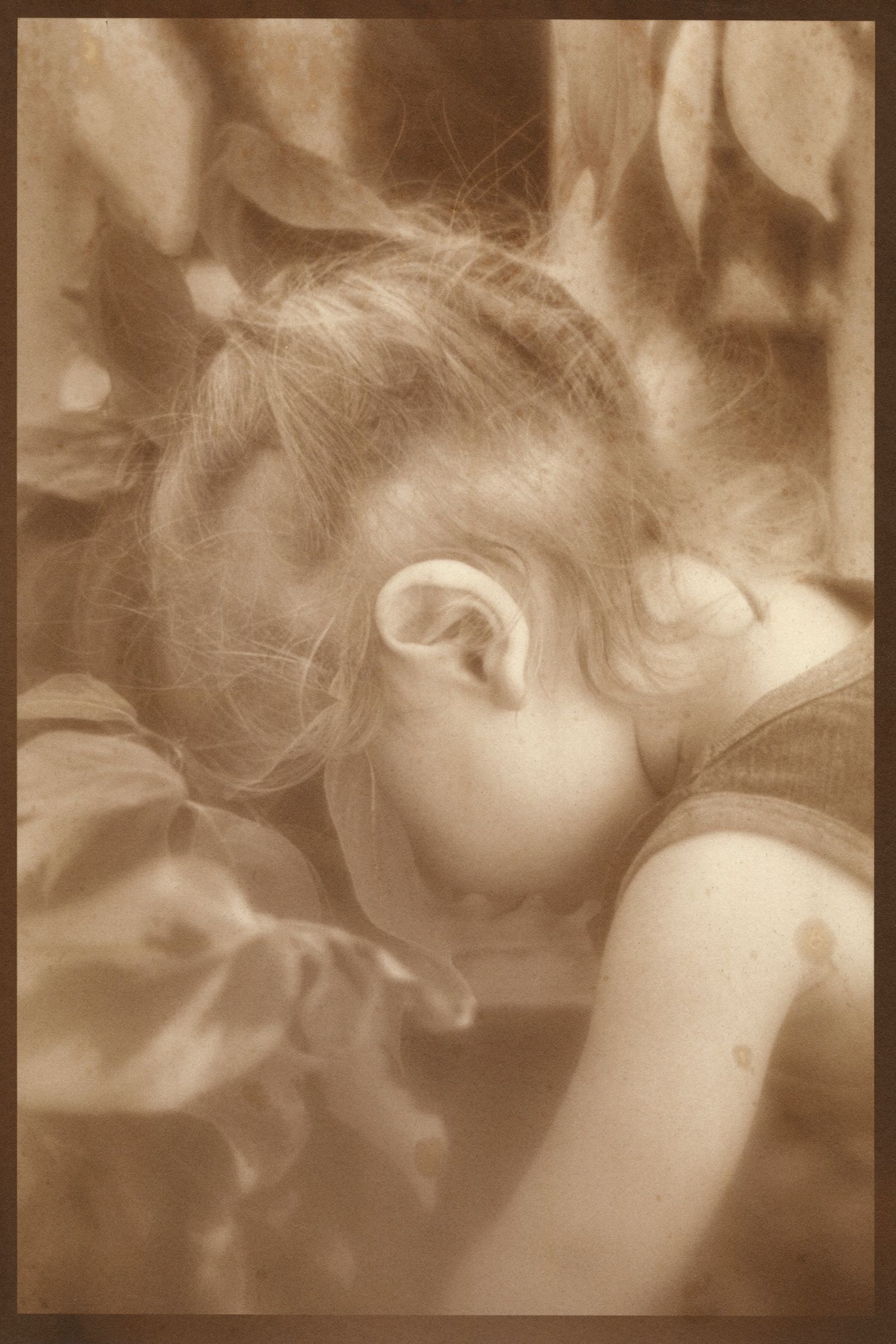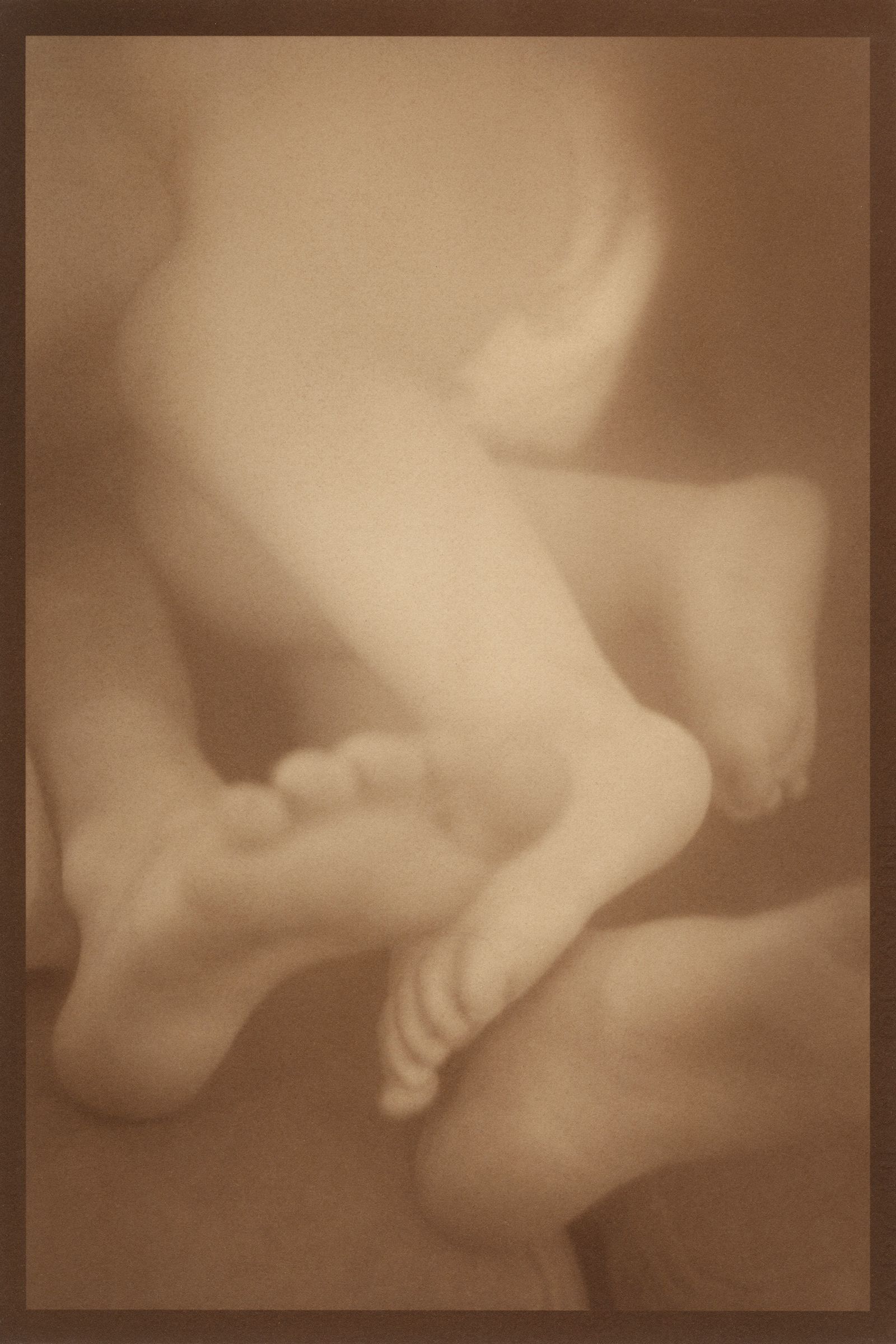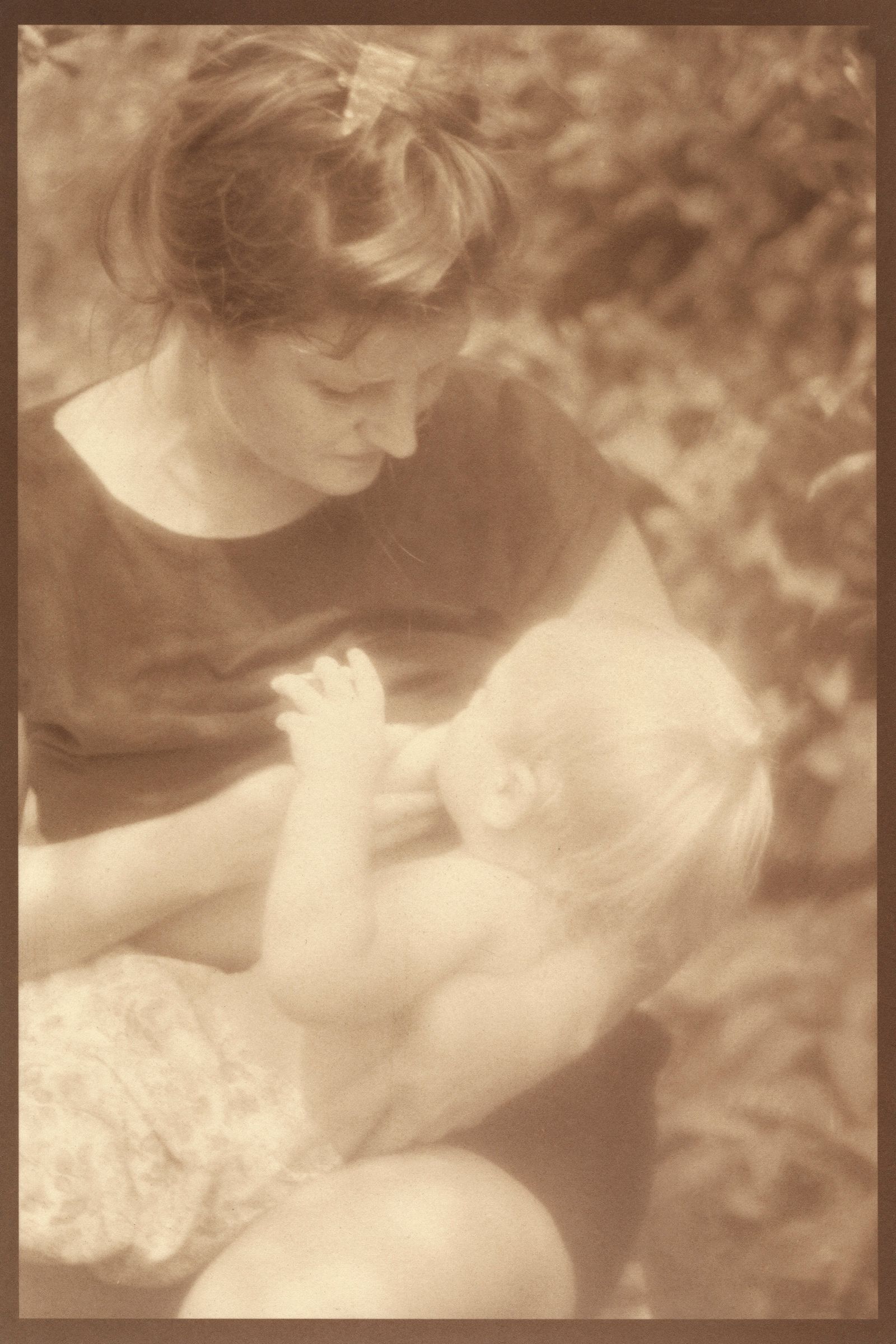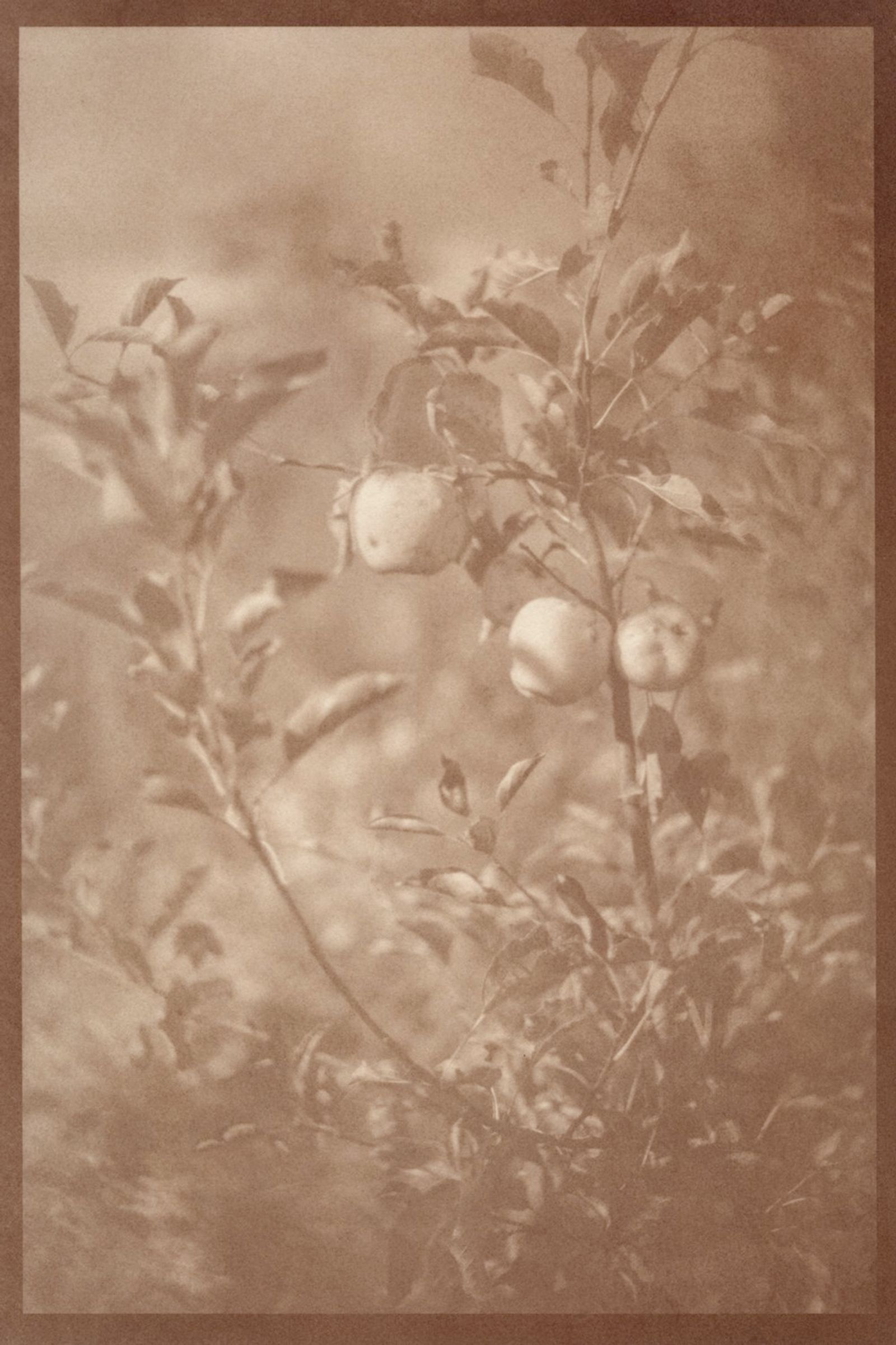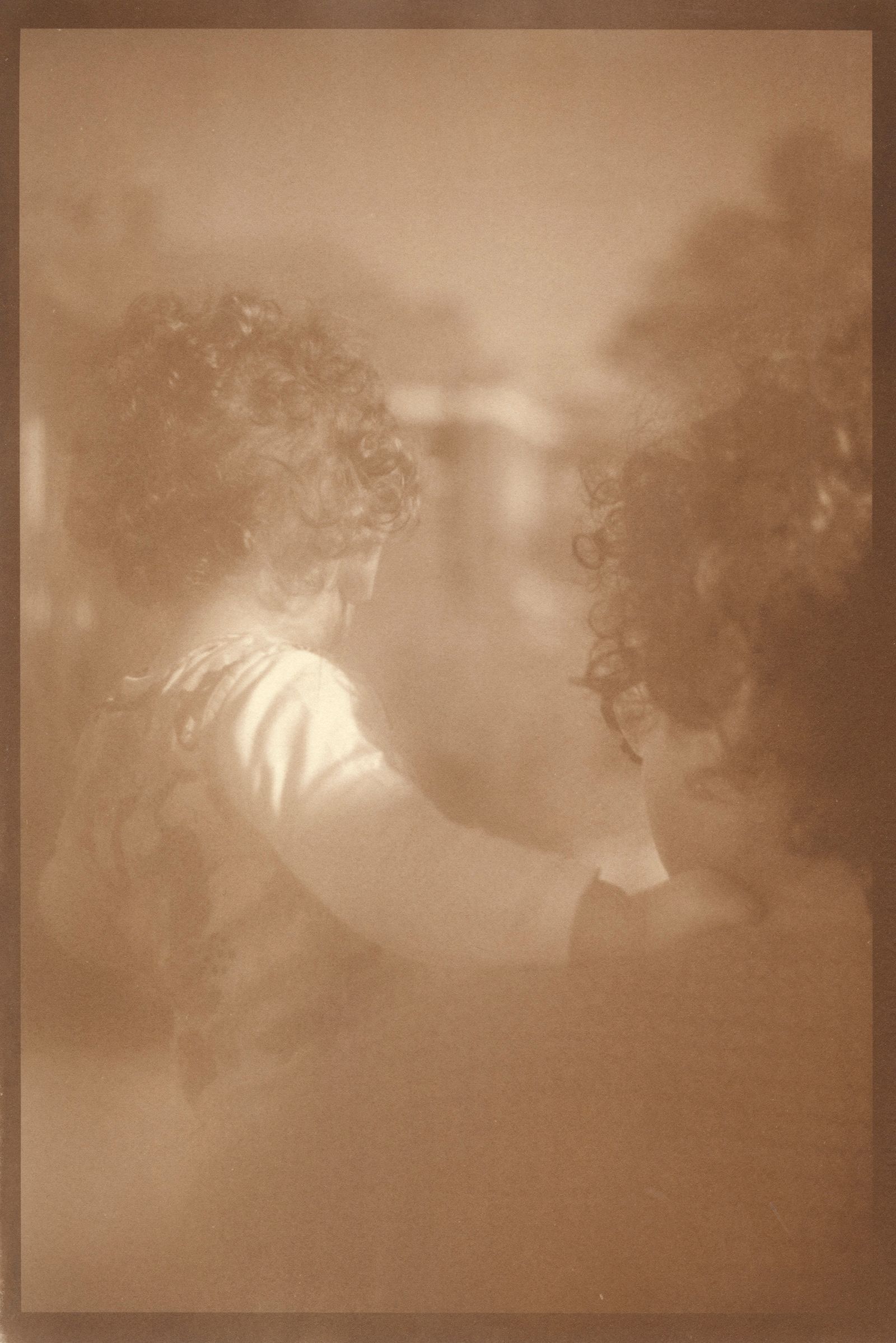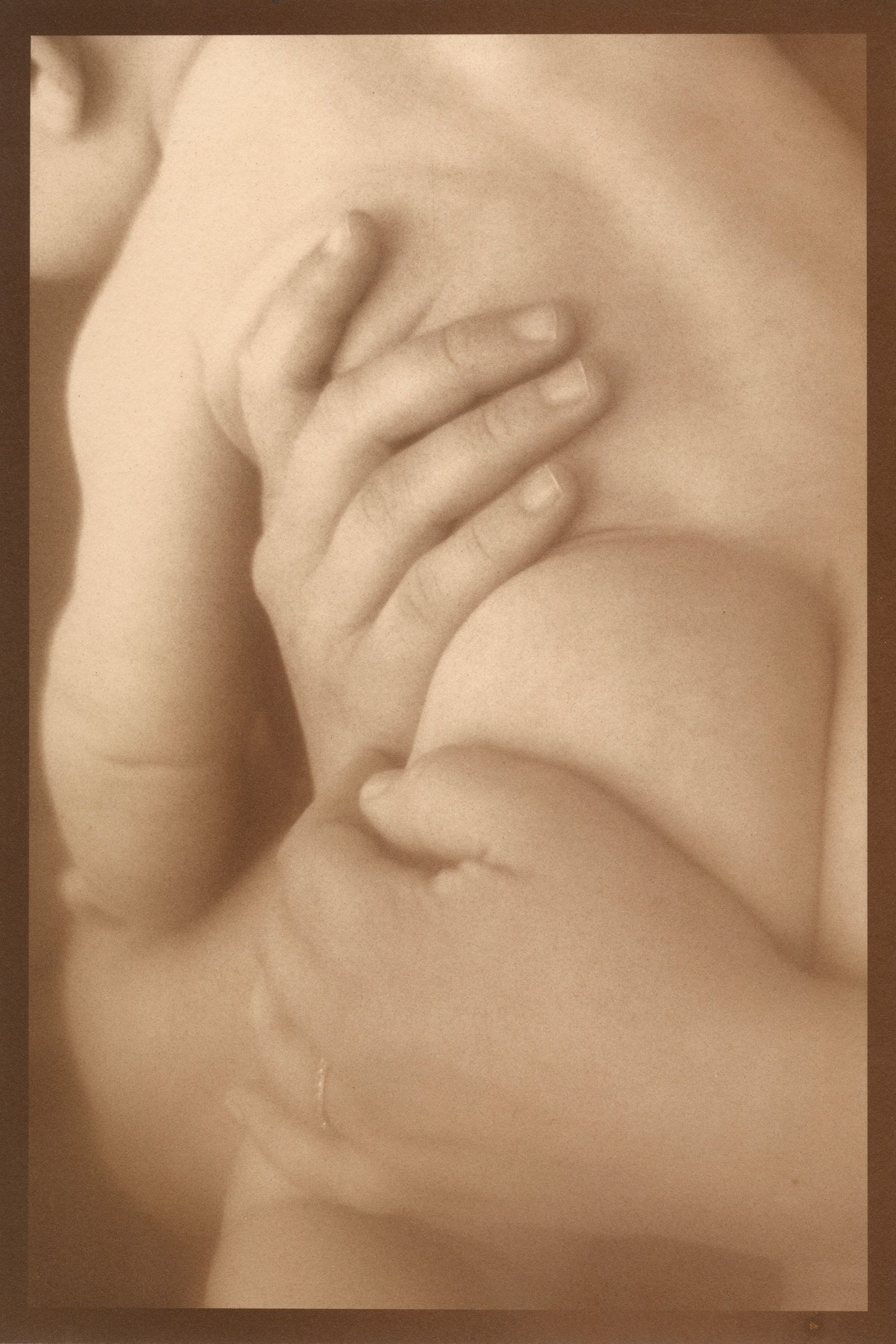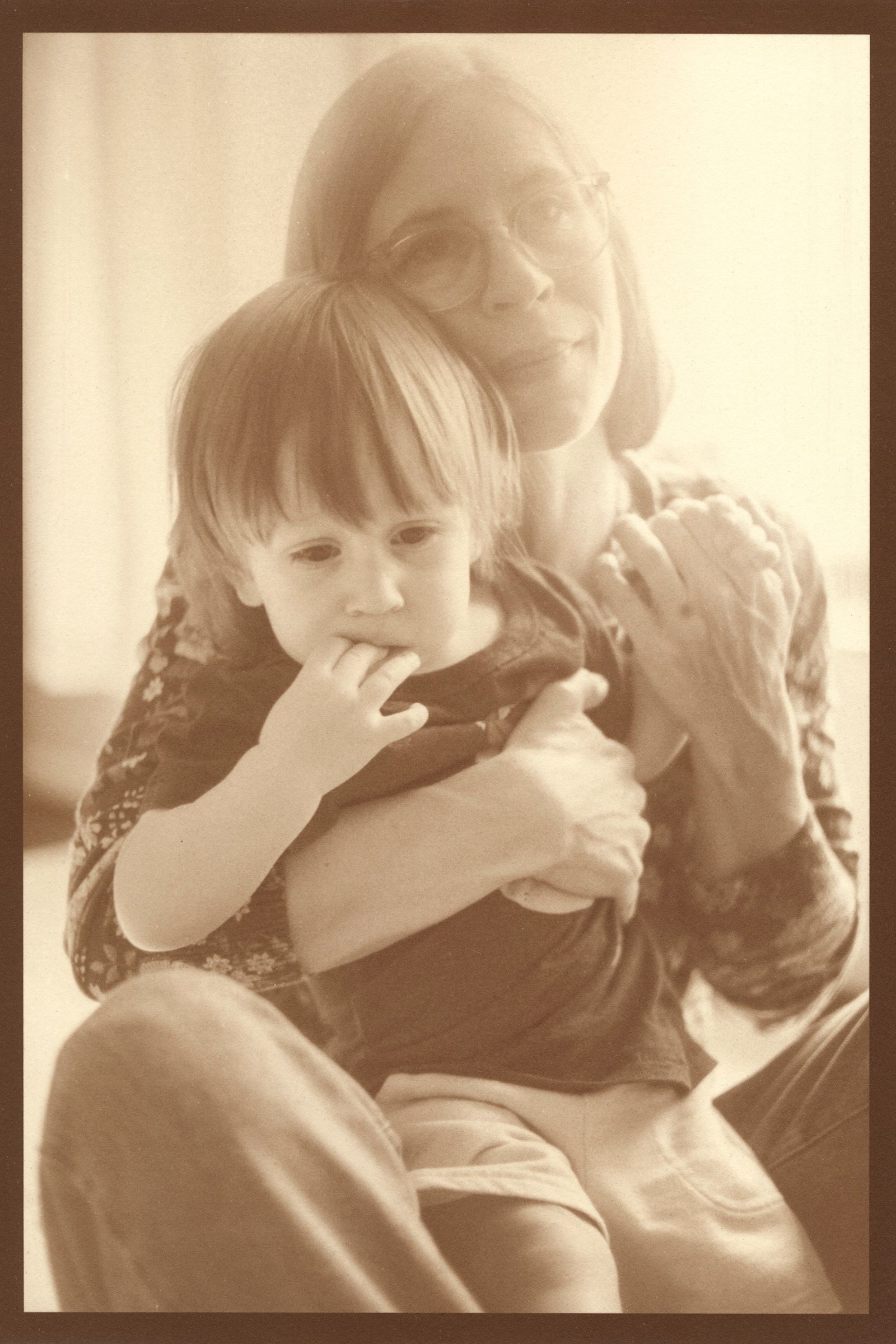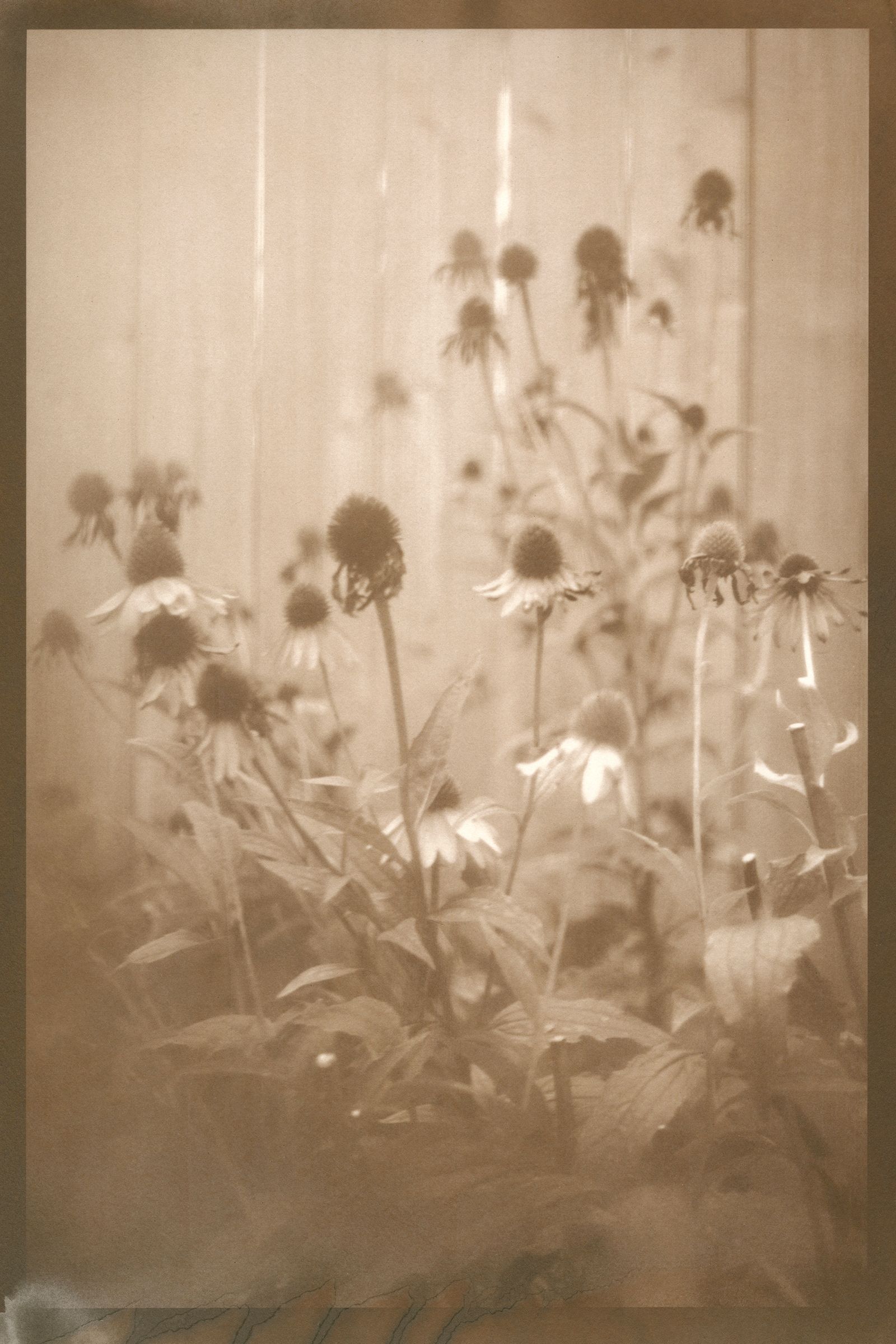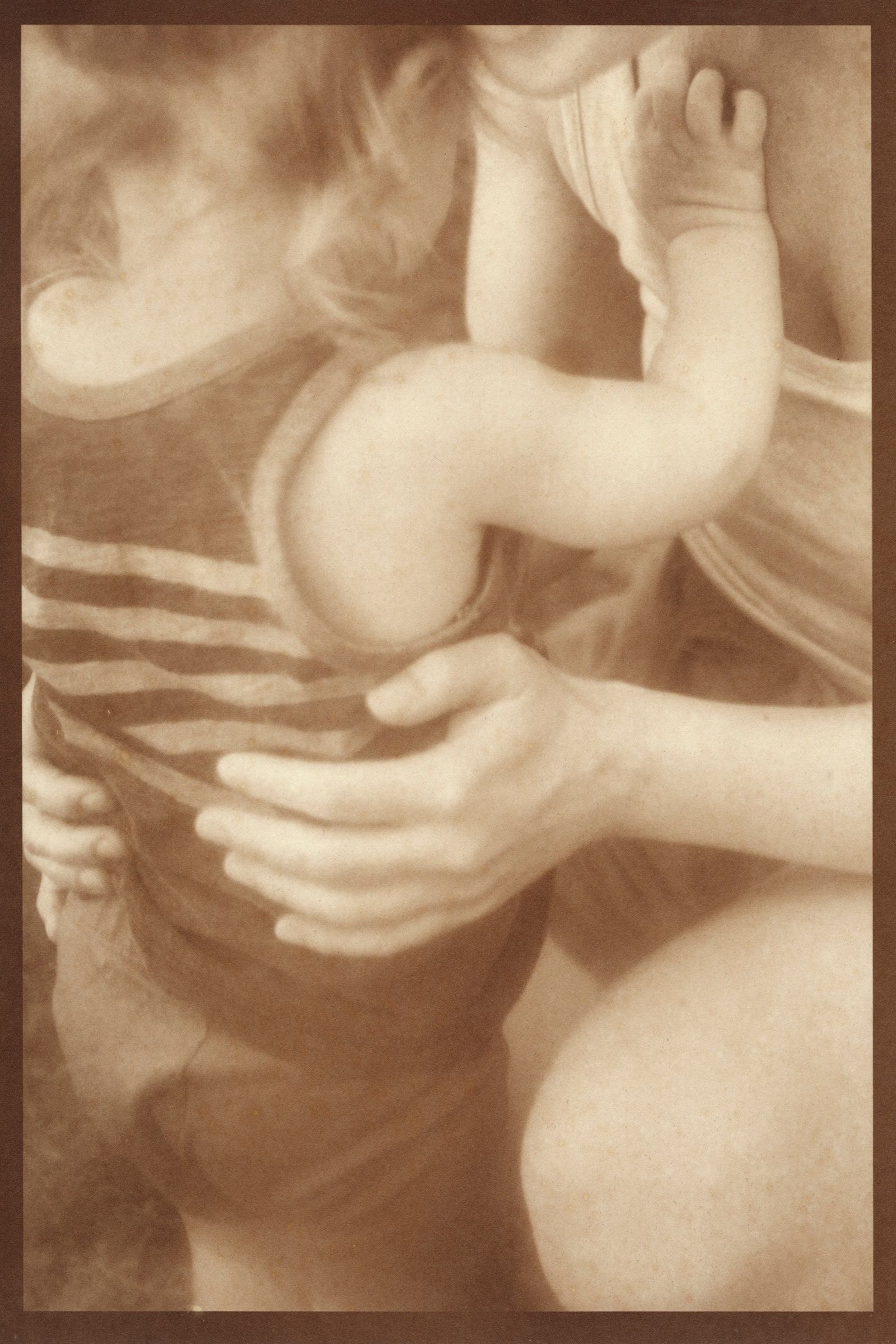love's labor
-
Dates2023 - Ongoing
-
Author
- Location Detroit, United States
"love’s labor" uses breastmilk as a light-sensitive agent in the salted paper process to address urgent issues of care and reflect on nourishment, bodily memory as transferred through ancestry, and society’s reliance on the unsupported labor of parenting.
"love’s labor" is a collaborative photography project that partners with fellow mothers to create a contemporary portrait of early motherhood that reflects on nourishment, bodily memory as transferred through ancestry, and society’s reliance on the unsupported labor of parenting. The images use each mother’s breastmilk as a salting solution in the historic salted paper process. Salt printing was one of the first photographic processes ever invented, presented by Henry Fox Talbot in 1839. But historically, very few women were documented to have worked in the process and few images depicting motherhood were ever made. Breastmilk literally adds bodily labor to the prints, while also injecting a uniquely feminist narrative into the history of photography.
This work has collaborated with forty mothers to date. Each mother is taught to coat their own paper, introducing their hand to the prints. In some cases, formula is also used if it is more representative of a parent’s particular breast or chest feeding journey. The wide range of color and tonal discrepancies displayed by salt prints are amplified when using this unhomogenized organic material. Each print is unique as tonal shifts and fat splatters swirl like small galaxies. These differences remind us that our bodies are not machines, but imperfect organisms. They encourage acceptance and understanding, while countering the harmful perfectionist rhetoric engrained in the photographic medium. Images of family and community gardens are additionally included to honor the mothers’ own practices of care and our continued nourishment through the land. They also reference to the tension between the presumptive ‘natural’ experience of parenting in simultaneous conjunction and conflict with the environment. Our modern society overlooks care as something frivolous and sequestered, but this project exposes care as a necessary building block, the key to meaningful connection to each other and our environment.
